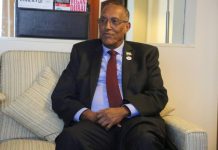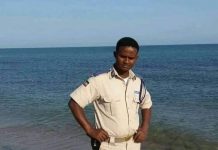Hargeisa, Somaliland – Frankincense wafts through the air of a quiet building on the outskirts of Hargeisa, in the self-declared republic of Somaliland. It masks the odour of the remains of 38 men, whose skeletons are packed into cardboard boxes.
The tattered containers will be opened this month with the arrival of a forensics team on February 10. Somaliland officials want to show that the men were victims of a clan-based killing spree carried out by Somalia’s government in the 1980s.
They say as many as 200,000 men, women and children were executed and buried in mass graves. They accuse Somalia’s late dictator, Mohamed Siad Barre, of atrocities and want to put his alleged henchmen on trial.

“Everybody is missing a relative. Fathers, mothers, brothers, cousins,” said Khadar Ahmed Like, who runs the territory’s War Crimes Investigation Commission. “It is about getting the perpetrators in court. Unless we learn lessons, heads of state can do what they want.”
This month’s post-mortems mark the latest bid to secure justice for Somaliland’s victims. The atrocities date back to when Somaliland was part of Somalia and governed by Barre from the capital, Mogadishu.
In the 1980s, his increasingly authoritarian regime cracked down on the rebel Somalia National Movement (SNM) and targeted members of the Isaaq clan from northwestern Somalia who had created the group.
National forces arrested Isaaq clansmen suspected of having links to the SNM between 1984-88, commissioners say. Men, women and children were bound and frogmarched to the edges of towns and executed.























